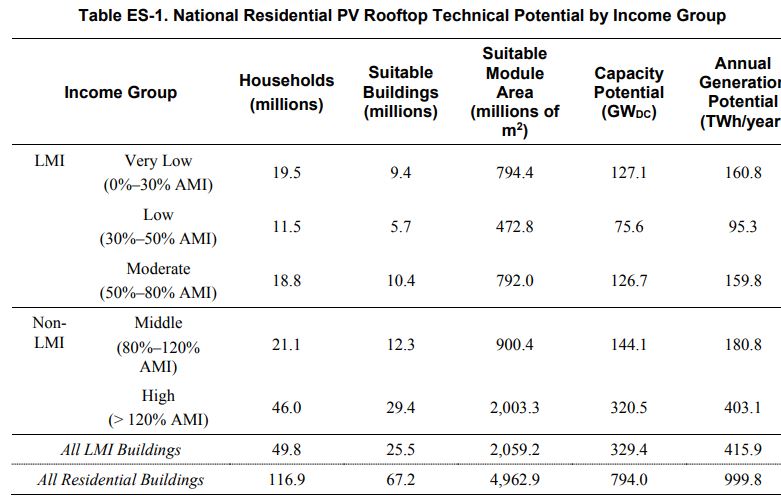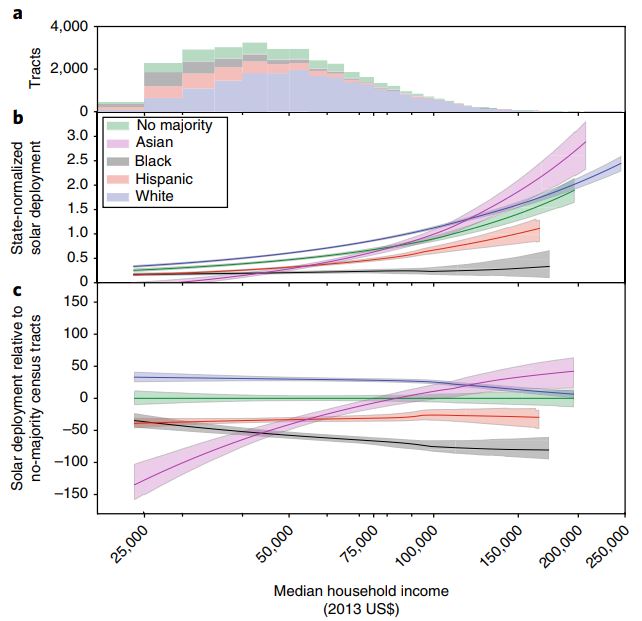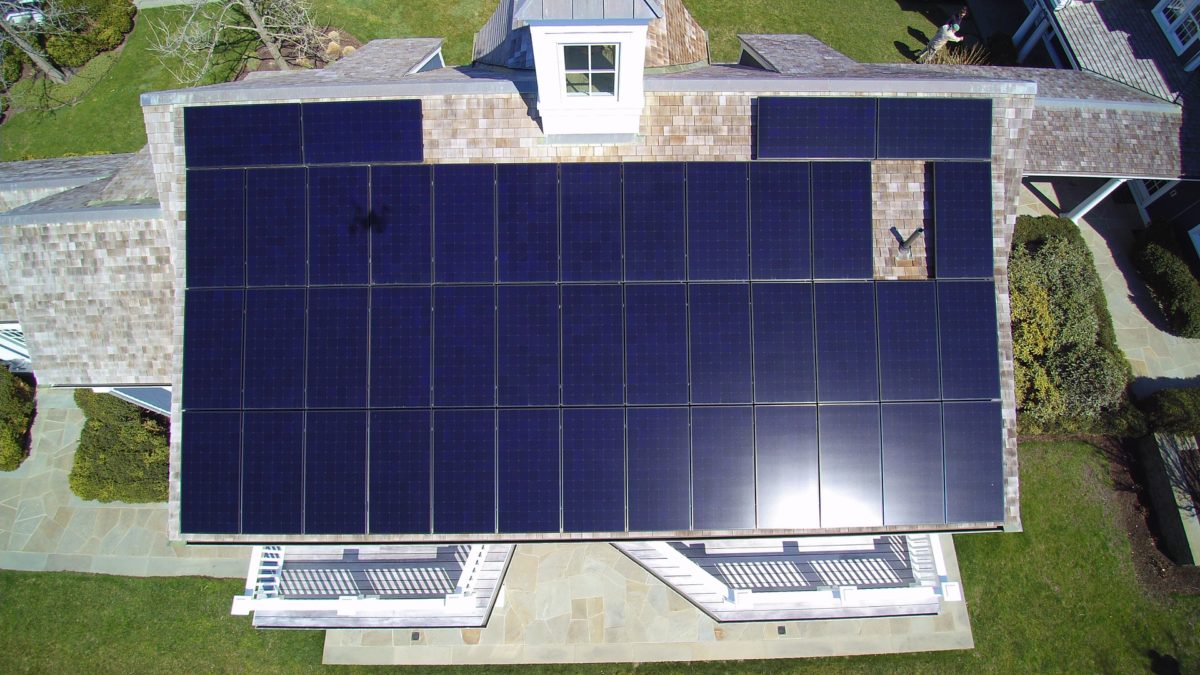The U.S. Department of Energy’s (DOE) National Renewable Energy Lab (NREL) suggests that there are more than 49 million buildings owned and occupied by low- to moderate-income individuals and families in the United States. These rooftops offer 329 GWdc of solar pv opportunity (using 16% efficient solar module) across the United States.
The entire installed base of solar in the United States is gaining on 70 GWdc, the world around 500 GWdc.

PosiGen has structured a three year $90 million credit facility to finance renewable energy and energy efficiency projects in low- to moderate-income households. Currently, PosiGen services households in Louisiana, Connecticut, New York and New Jersey, and this credit facility should allow the company to expand beyond its current footprint.
LibreMax Capital structured and provided the credit facility, in conjunction with Inclusive Prosperity Capital. Inclusive Prosperity Capital is a not for profit clean energy investment fund developed by the Connecticut Green Bank.
PosiGen suggests it is the largest provider of this service in the nation with 13,000 homeowners having installed solar power and energy efficiency upgrades utilizing the company’s financing services. The credit facility is projected to double the number of homeowners served.

The above image is of Stanford University’s machine learning+satellite imagery analysis of the United States’ distribution of solar power installations versus various population variables – education, income, density and – most interestingly – income disparity across a region.
It is clear that the same components that are typically described as social class is a predictor of probability of solar power installations across the country, leading one to believe that a group like PosiGen is tapping into an underserved marketplace that might be full of early adopters who were missed in the first waves of solar power growth.
Not only is solar adoption currently correlated with class in the United States, but race as well (however, PosiGen made no references to race).

Researchers at Tufts University and the University of California, Berkeley cross referenced data from Google’s Project Sunroof on existing rooftop solar installations across the United States with demographic data, including household income, home ownership, and ethnicity and race, from the U.S. Census Bureau’s American Community Survey. The researchers found that when controlling for income and home ownership rates(above chart) black- and Hispanic-majority census tracts have installed less rooftop PV compared to no-majority tracts by 61 percent and 45 percent, respectively, while white-majority census tracts installed 37 percent more.
Minnesota’s recent success in expanding solar development in underserved markets brought up some of the nuances of an outreach of this nature:
What we learned in our process and listening sessions was the biggest fear was displacement,” Maryan Abdinur, the food, land and community program lead organizer at Hope Community Land Stewardship Project
In one neighborhood in Minneapolis, the Southside Green Zone of the Phillips neighborhood, more than 10,000 apartments changed ownership from 2010 to 2015, with unit prices increasing by 50 percent and rents by 11 percent, according to city documents. Locals suggested that tying together job programs and local populations will generate the incomes necessary for the locals to afford to stay in the areas.
This content is protected by copyright and may not be reused. If you want to cooperate with us and would like to reuse some of our content, please contact: editors@pv-magazine.com.








How about DOE & NREL spend the $90 million on facilitating nationwide uniform policy & deployment of distribution level “VDER” & dynamic pricing enablers, instead of wasting our resources on trying to bring high CapEx, low efficiency solar to “low income” people.